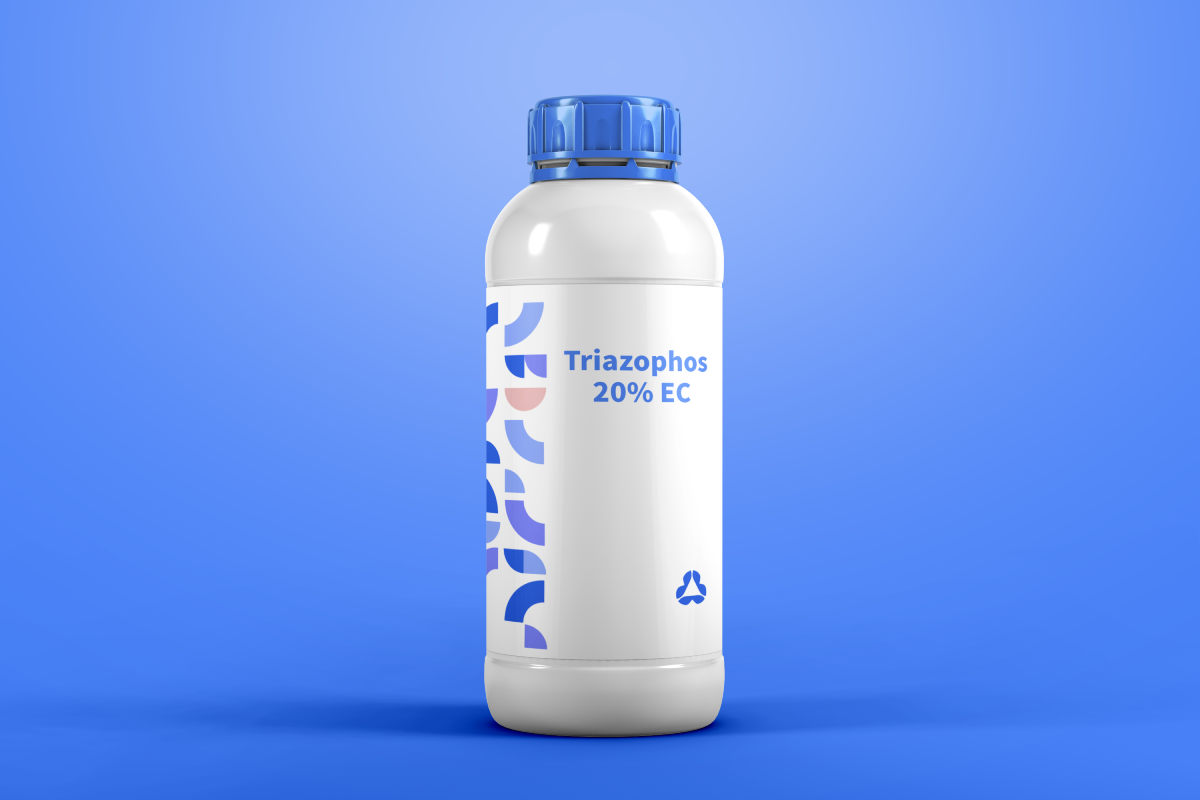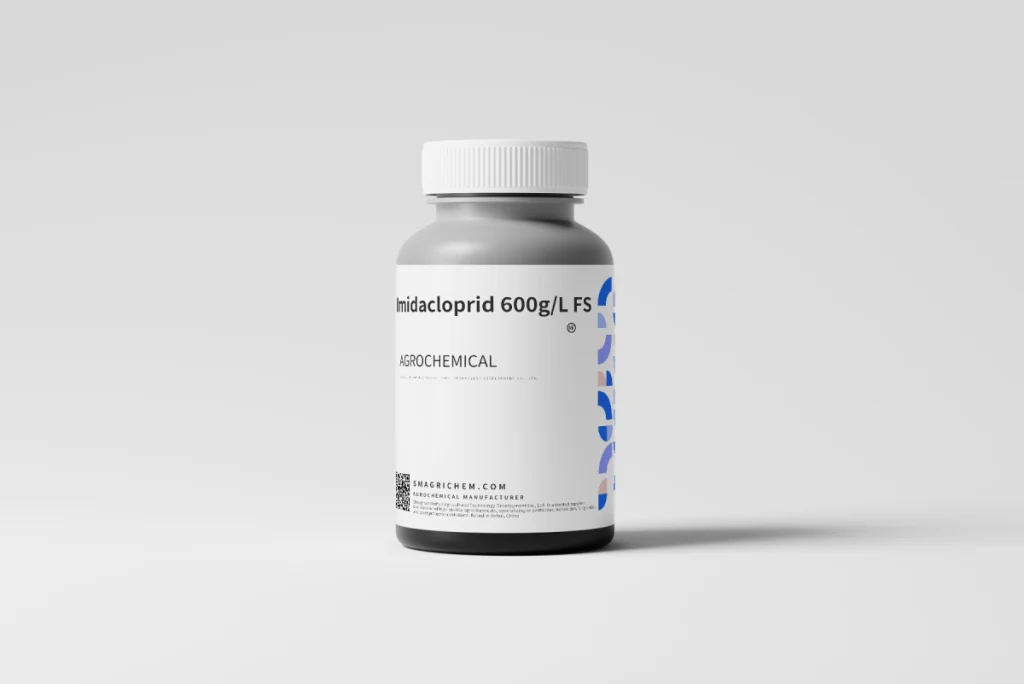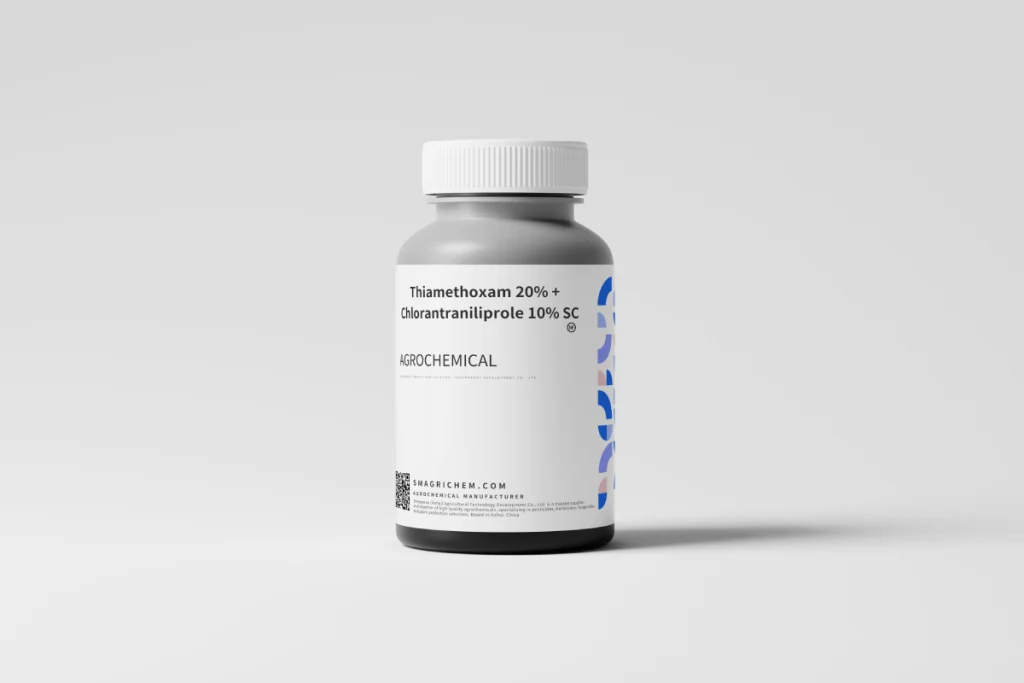Triazophos 20% EC is an organophosphate insecticide formulated as an emulsifiable concentrate, designed for broad-spectrum control of lepidopteran, hemipteran, and acarine pests in rice, cotton, vegetables, and fruit trees. It combines contact, stomach, and systemic actions, with notable ovicidal activity against insect eggs

Propargite 570 g/L, 730g/L EC Acaricide – Powerful Mite Control for Crops
Propargite 570 g/L EC is a highly effective acaricide formulated as an emulsifiable concentrate (EC). It offers rapid knockdown and long-lasting residual control of both



